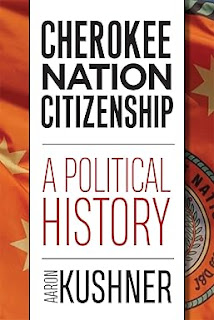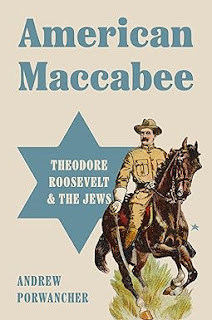
He applied the “Page 99 Test” to his new book, Concentration Camps: A Global History, and reported the following:
From page 99:Learn more about Concentration Camps at the Oxford University Press website.That decision may have been prompted by the military, which feared that epidemics might spread to the army, and threaten supply routes to the front. They therefore closed the camps at Katma and Azaz, sending the survivors to camps at Akhterim and Bab, closer to Aleppo. The new arrivals were described as ‘thousands of widows, without a single adult male . . . in an appalling state, half naked . . . including hapless children in an indescribably miserable state who resembled human monsters’. Typhus broke out, and at least 50,000 deportees died at Bab by February 1916. Three further camps near Aleppo—Lale, Tefrice, and Munbuc—appear to have served as pure death camps.As it happens, this extract gives the reader an excellent indication of the book. The role of concentration camps in the destruction of the Armenians of Ottoman Turkey, 1915-16, described here, is barely known outside a small circle of specialists. The scale of mass murder invites comparison with Nazi genocide. While everyone knows about Nazi concentration camps, this book reveals the global history of the phenomenon. However, the book does not “relativize” Nazi criminality. To compare does not mean to equate, still less to exculpate. The aim is to explain the origins and shifting functions of concentration camps across time, beginning at the turn of the 20th century, with the Spanish policy of “reconcentración” in Cuba. The British “concentration camps” in South Africa, 1900 to 1902, in which thousands of white Boer civilians were interned, became a byword for misery and mass death. Yet the equally tragic fate of thousands of black Africans in the British camps was conveniently ignored in subsequent South African history.
The camps in northern Syria in or near Aleppo were shut down one after the other in early 1916, with any survivors being sent down the Euphrates or the line of the Baghdad railway towards Ras ul-Ain. The concentration camp at Ras ul-Ain allowed the majority to survive for a few months until March 1916, when under the orders of the sub-directorate of deportees hundreds were taken out of the camp every day and liquidated. The vast majority were killed by the end of April.
The last phase in this intended destruction of the Armenians began with the arrival of tens of thousands in Deir ez-Zor in the Syrian desert in autumn 1915. Some 150 to 200 died every day. Whenever new arrivals boosted the population, the authorities sent convoys to Mosul. But those who were able to remain managed to build flourishing businesses and craft shops. As the camps around Aleppo were liquidated in spring 1916, the population of Armenians in Deir ez-Zor rose to 200,000. Soon they were marched in groups into the desert and almost all were slaughtered or left to die of thirst and starvation.
Few details of this mass extermination are known, and we know little of the perpetrators and decision-makers, but there is little doubt that Deir ez-Zor was a real death factory where 195,000 were liquidated: a historic crime to be placed next to Treblinka and Auschwitz. By late 1916, altogether probably 600,000 Armenians had been liquidated in the camps or on route. At least one million perished in total (see Map 2.1).
Page 99 gives a correct impression of my argument that one cannot reserve the term “concentration camp” exclusively for the Nazi camps. It gives the false impression that concentration camps were invariably death camps: the great majority were not, as the book explains.
This is a transnational history that enquires after learning processes between regimes and states, including even liberal democracies. How did the memory of colonial concentration camps predetermine the Nazi decision to establish brutal concentration camps in 1933, and later to embark on policies of genocide? The colonial theme is significant in another regard: I argue that high modern empire-building is a crucial element in almost all concentration camp systems. There is moreover an intimate connection between war, or warlike mobilization, and camps.
Concentration camps, alas, have not only a past, but also a present. Conscious of the risk posed by the absence of documents that most states keep secret for three or more decades, I have attempted to take the story into the contemporary world. Even the most secretive states, Communist China and North Korea, have been unable to prevent the leaking of confidential documents which allow an insight into their camp regimes.
Ultimately, authoritarian states created concentration camps because they offer a short-cut to a projected utopia of ‘purity’, dispensing with such inconveniences as human rights, the legal system, and democracy.
--Marshal Zeringue























